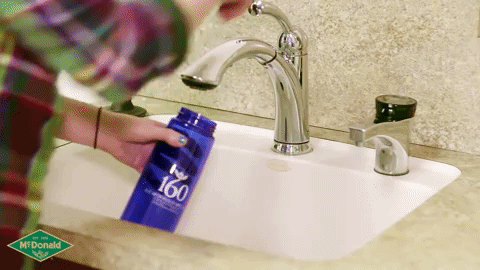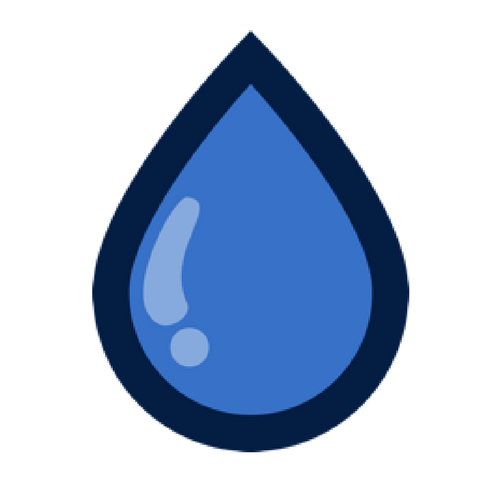Utilities are watched closer than ever since the Flint Water Crisis. Since this event, Americans are more conscious of the quality of this resource coming out of their tap. They’re demanding more information and sources such as the Environmental Working Group (EWG) national tap water database is just the answer that they’ve been looking for. However, with a database that only shows one side of the story, how are utilities supposed to take the heat?
28 million water records, 50,000 water utilities, and 280 million consumers in all 50 states. From there, scientists tested and filtered out each utility’s water and displayed all results as far back as the year 2010. Each contaminant level results and violations are displayed on the website, granting anyone access to view a number of different statistics. The farther you go within the website, the more you learn about your own community’s water quality. In addition to searching via zip code and utility name, you can also view results from state to state.
While the national tap water database is good information to know, it only tells one side of the story. Below are just a number of questions and concerns that this database does not address:
- Of all the violations and contaminants detected above health guidelines, why is there no mention of the quality of the water as a whole?
- Logically speaking, the larger area a water utility serves, the higher their chances become of reported violations
- There are many elements that can contribute to the quality of one’s water and they’re not always the utilities’ responsibility
- If a water utility received a violation or was given notice of the contaminants found in their water, there is lack of information on how quickly they responded to the situation or what solution they provided
- How was it decided what contaminant levels are deemed safe and if it’s even possible to filter all these contaminants out of the water?


